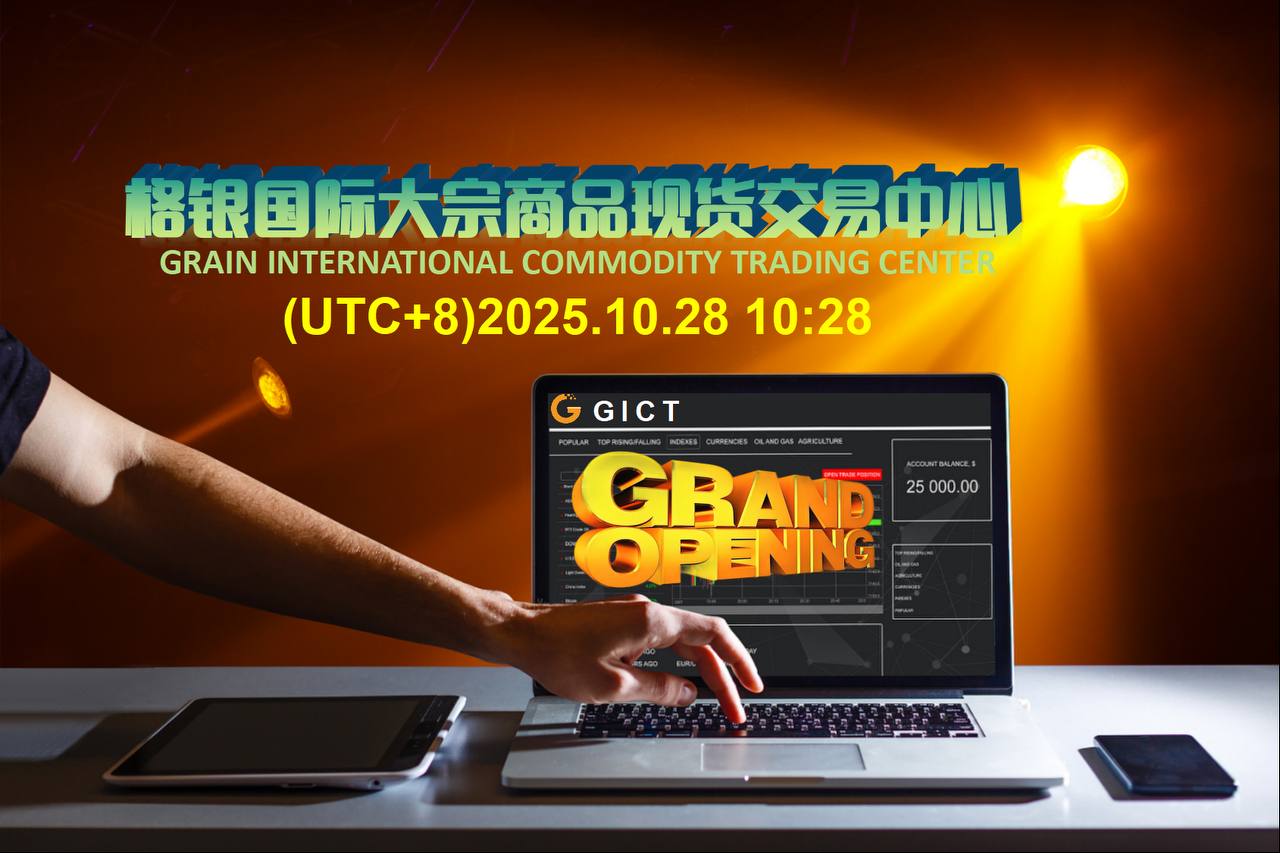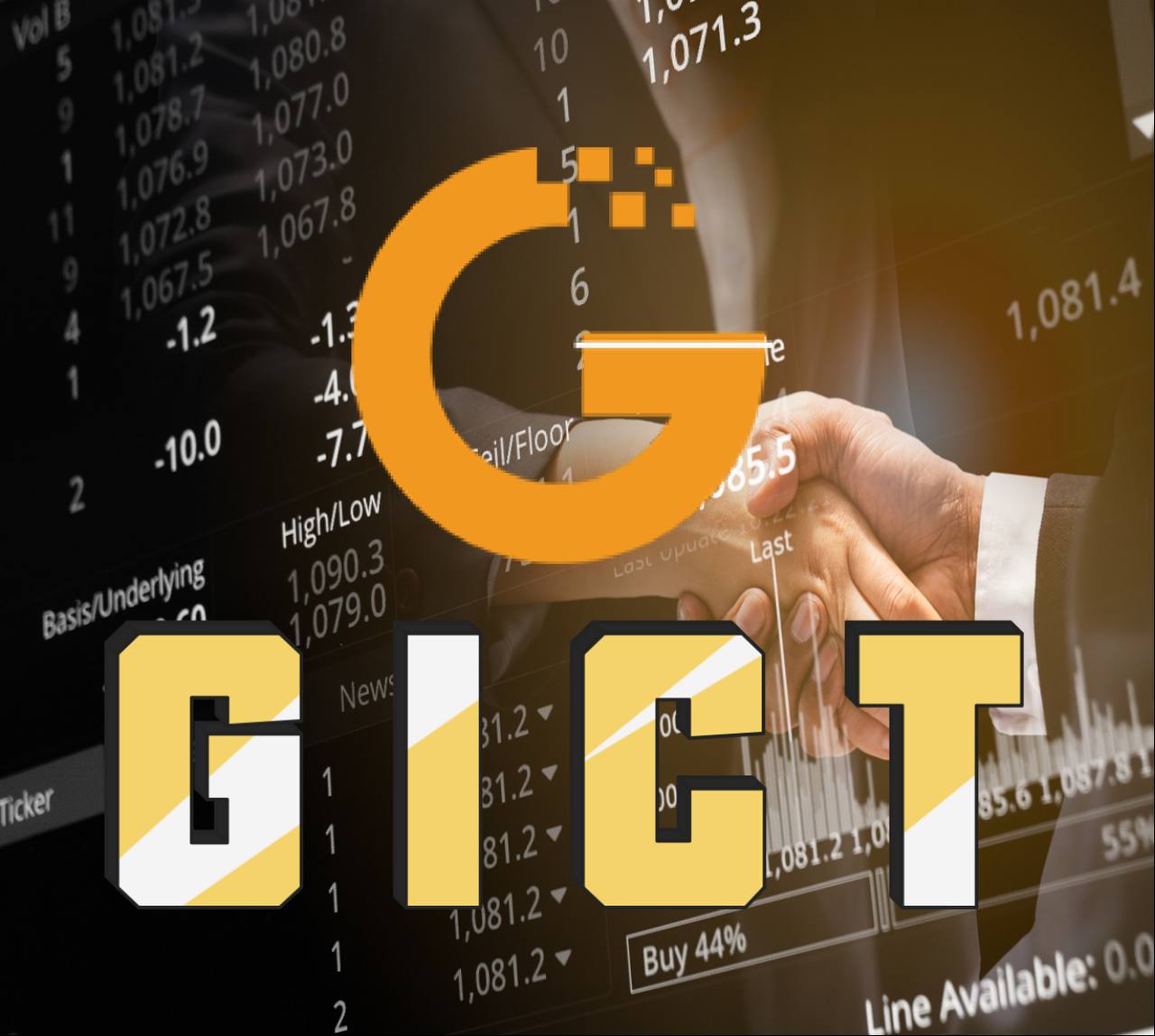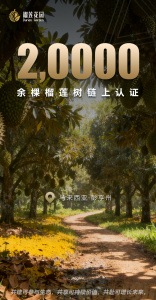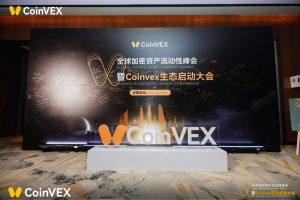GRAIN International’s “Loss Compensation” Mechanism: Innovative Practice of Zero Risk Commodity Trading
——300% trading gold release and GTK token compensation system reconstruction industry risk paradigm
1、 Introduction: The Risk Dilemma of Commodity Trading
In the third quarter of 2025, the Global Commodity Market Volatility Index (GVZ) reached a nearly three-year high, with LME copper prices fluctuating by 18% per week, exposing the high-risk characteristics of traditional trading models. In this context, the “loss compensation” guarantee mechanism launched by GRAIN International has sparked market discussions: it claims to control the risk rate of user holdings within 2% through a combination scheme of 300% trading gold release and GTK token compensation. Can this innovation really break the industry’s iron rule that ‘bulk trading must be high-risk’?

2、 Innovation of trading mechanism: three-level risk protection system
1. Dynamic release mechanism for trading funds
Users who hold positions automatically receive 300% of the equivalent “trading gold”, which is released at a daily rate of 3.3 ‰ (approximately 120.45% annualized)
Release funds specifically for GICT transaction guarantee payment
Test case: A user with a $100000 position can release a daily margin buffer of $330
2. Intelligent Closing and Compensation System
The mandatory liquidation line is set at an account risk rate of 98%, which is significantly higher than the industry standard level (120% -150%)
Compensation rules for loss orders:
50% -100% GTK token compensation can be obtained by completing 3 daily transactions (graded according to the duration of the position)
The compensation fund pool comes from a 20% commission on handling fees and the GTK destruction mechanism
3. Token Economy Model Design
GTK (Grain Token) adopts a dual token architecture:
UGTK: 7:1 Anchored USDT, margin only
Governance Token (GTK): Comprehensive smart contract custody, distributed to consensus volunteers through GICT trading loss compensation
Node grading system: Node type handling fee refund ratio
3、 Controversy Focus: Sustainability and Risk Transmission
1. Doubts about the sustainability of the fund pool
According to the platform’s disclosed data, the current annual consumption of the compensation fund pool is approximately 1.8 times the handling fee
Crypto economist Wang Li pointed out that “when the market continues to fluctuate unilaterally, the GTK destruction mechanism may trigger a deflationary spiral of tokens
2. High leverage risk hazards
Leverage design with 10UGTK per hand (industry average is 5UGTK per hand)
The simulated stress test in September 2025 shows that when GTK liquidity is insufficient, delaying forced liquidation may lead to a 37% increase in short position risk
3. Key terms and limitations
Mandatory exchange terms for transaction funds:
When users transfer transaction funds to UGTK: -50% deducted as risk control reserve -5% equivalent GTK deducted when withdrawing to GICT account
4、 Industry impact and future prospects
1. User behavior data
During the internal testing period (Q2 2025), the data showed:
The utilization rate of compensation mechanism reaches 63%
The average holding period has been extended to 11.7 days (industry average of 4.2 days)
2. Regulatory dynamics
The Hong Kong Securities and Futures Commission is about to include it in the “sandbox supervision” pilot program
Bank for International Settlements (BIS) warns to pay attention to ‘compensation commitments may constitute implicit guarantees’

3. Business model innovation
The community commission system has reduced the platform’s customer acquisition cost by 42%
Trading for profit will break the traditional asset trading pattern
5、 Expert Roundtable: Is Zero Risk Possible?
Supporting viewpoint
Li Feng from China Blockchain Research Institute: “Through token economy design, for the first time, transaction risks have been transformed into financial products that can be priced
Anti opponent warning
Former LME Risk Director Mark Evans: ‘No compensation mechanism can eliminate systemic market risks, and we need to be wary of users’ excessive reliance on protection clauses’
Response from GRAIN International
We are developing volatility insurance derivatives and plan to diversify risks through the reinsurance market
6、 Conclusion: Balancing Innovation and Prudence
The “loss compensation” mechanism of GRAIN International undoubtedly provides a new risk solution for commodity trading, but its sustainability still needs to be verified by the market. As Nobel laureate Paul Romer once said, “The ultimate test of financial innovation lies in finding the golden ratio between incentive mechanisms and risk control.” For investors, understanding the token economics logic behind compensation mechanisms may be more important than pursuing “zero risk” commitments.

